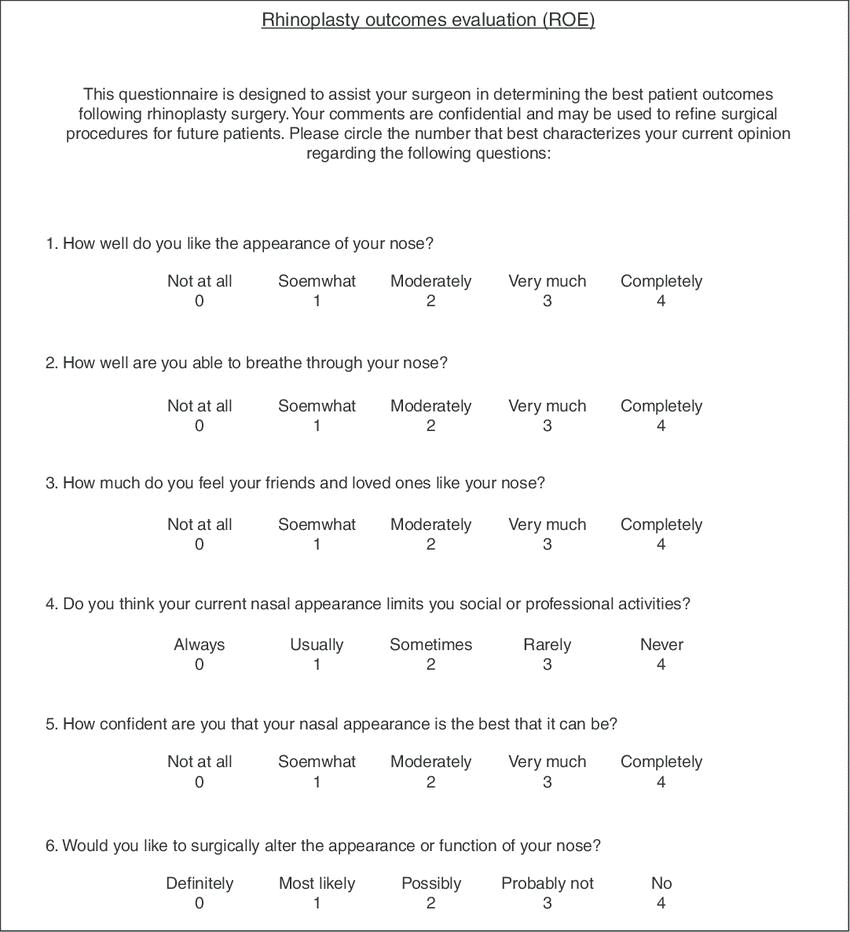Yeungnam Univ J Med.
2020 Jan;37(1):32-39. 10.12701/yujm.2019.00290.
Nasal tip plasty using three-dimensional printed polycaprolactone (Smart Ball®)
- Affiliations
-
- 1Department of Plastic and Reconstructive Surgery, Pusan National University School of Medicine, Busan, Korea
- 2Bora Plastic and Reconstructive Surgery Clinic, Ansan, Korea
- KMID: 2501405
- DOI: http://doi.org/10.12701/yujm.2019.00290
Abstract
- Background
Rhinoplasty is one of the most commonly performed cosmetic surgery procedures. Most Asians desire elevation of their relatively flat nasal dorsum and tip to make them appear more prominent. This study introduces a simple method of nasal tip plasty using three-dimensional (3D)-printed polycaprolactone (PCL) (Smart Ball®), which provides the required length and volume for this purpose and enables the creation of a nasal tip of the desired shape in a safe and simple manner.
Methods
Between September 2014 and May 2017, 22 patients participated in a survey to assess postoperative satisfaction levels. Additionally, three plastic surgeons compared patients’ pre- and 1-year postoperative photographs to evaluate the results. All patients underwent 2- to 4-year postoperative follow-up.
Results
Levels of subjective satisfaction among patients were 3.59, 3.50, 3.82, 3.73, 3.55, and 3.82 for each of the 6 categories evaluated, with a mean of 3.67/4 points, indicating high satisfaction levels. The mean plastic surgeon-reported score for the 22 patients was 4.47/5 points, which also indicates highly successful outcomes. Postoperative nasal tip rotation and tip projection were ideal in most patients.
Conclusion
Our novel method using 3D-printed PCL (Smart Ball®) provides the optimal length and volume required for nasal tip plasty and enables the creation of a nasal tip of the desired shape, in a safe and simple manner. An advantage of our method is that it retains the original nasal structure in contrast to structural changes observed with the use of conventional methods.
Keyword
Figure
Reference
-
References
1. Li D, An Y, Yang X. An overview of Asian rhinoplasty. Ann Plast Surg. 2016; 77(Suppl 1):S22–4.
Article2. Lam CX, Hutmacher DW, Schantz JT, Woodruff MA, Teoh SH. Evaluation of polycaprolactone scaffold degradation for 6 months in vitro and in vivo. J Biomed Mater Res A. 2009; 90:906–19.3. AlHarethy S, Al-Angari SS, Syouri F, Islam T, Jang YJ. Assessment of satisfaction based on age and gender in functional and aesthetic rhinoplasty. Eur Arch Otorhinolaryngol. 2017; 274:2809–12.
Article4. Jones AC, Milthorpe B, Averdunk H, Limaye A, Senden TJ, Sakellariou A, et al. Analysis of 3D bone ingrowth into polymer scaffolds via micro-computed tomography imaging. Biomaterials. 2004; 25:4947–54.
Article5. Park SH, Yun BG, Won JY, Yun WS, Shim JH, Lim MH, et al. New application of three-dimensional printing biomaterial in nasal reconstruction. Laryngoscope. 2017; 127:1036–43.
Article6. Ferril GR, Wudel JM, Winkler AA. Management of complications from alloplastic implants in rhinoplasty. Curr Opin Otolaryngol Head Neck Surg. 2013; 21:372–8.
Article7. Welling DB, Maves MD, Schuller DE, Bardach J. Irradiated homologous cartilage grafts. Long-term results. Arch Otolaryngol Head Neck Surg. 1988; 114:291–5.
Article
- Full Text Links
- Actions
-
Cited
- CITED
-
- Close
- Share
- Similar articles
-
- Tip Plasty of Plunging Nasal Tip through Endonasal Approach: Resection of Cephalic Lateral Crus & Caudal Septum and Suturing
- Breast Tissue Reconstruction Using Polycaprolactone Ball Scaffolds in a Partial Mastectomy Pig Model
- Nasal Tip Plasty Using a Batten Graft with Ear Cartilage in East Asians
- Correction of Blunt Nasal Tip with "Contour Tip Gragt" and Alar Cartilage Modification
- A solution for revision rhinoplasty with thinned nasal tip skin: An extended dermofat graft









